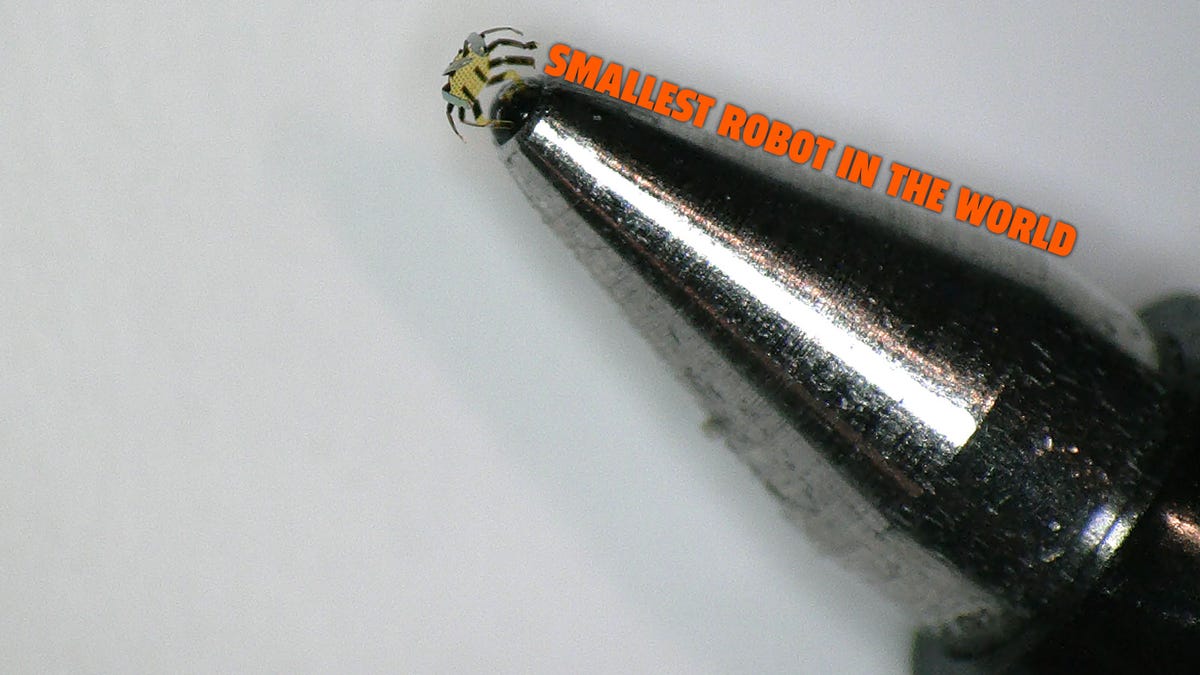World’s Smallest Remote-Control Robot Can Stand on the Tip of a Ballpoint Pen

The tiny crab-like robots can sit on the end of a pen. Photo: Northwestern University
If you’re worried about the impending rise of our robotic overlords, you might want to stop reading now. That’s because engineers at Northwestern University in Illinois have created what they claim to be the smallest remote control robots ever made.
As first reported by Yahoo News, engineers at Northwestern University have created a fleet of crab-like robots that could one day be used to carry out a variety of intricate tasks in various small spaces.
The robots are just half a millimeter wide, which is probably something ridiculous in inches. They are made of a shape-memory alloy, which the team can heat to ‘teach’ the robots to carry out various movements.
According to the team, which previously created a tiny flying robot, the minute crabs can bend, twist, crawl, walk, turn and even jump.
What’s the collective noun for a group of tiny robots? Photo: Northwestern University
John A. Rogers, professor of materials science and engineering, biomedical engineering and neurological surgery at Northwestern, said: “You might imagine micro-robots as agents to repair or assemble small structures or machines in industry or as surgical assistants to clear clogged arteries, to stop internal bleeding or to eliminate cancerous tumors — all in minimally invasive procedures.”
Small enough to sit on the tip of a ball-point pen, the tiny robots don’t use electronics or other complex hardware to move. Instead, the robots’ bodies have an “elastic resilience” that enables them to move.
This means that researchers can rapidly heat the small robot limbs with a laser to bend them. Then, as the legs cool, the robot will walk itself around a space as each leg bends back to its original position.
The way researchers use the laser to heat up the robot determines its direction of travel and the steps it will make. This means that heating the robot from left to right would, in turn, make it move from left to right as it cools down.
So you can think of the laser as a kind of programming method that “teaches” the robot the steps engineers would like it to take.
At the moment, the tiny robots are still in the research phase, and engineers at Northwestern have also experimented with millimeter-sized robots resembling inchworms, crickets and beetles.
The crabs are definitely the least creepy choice of animal to mimic, but I’m not sure how I feel about swarms of these crawling across the earth one day soon.



